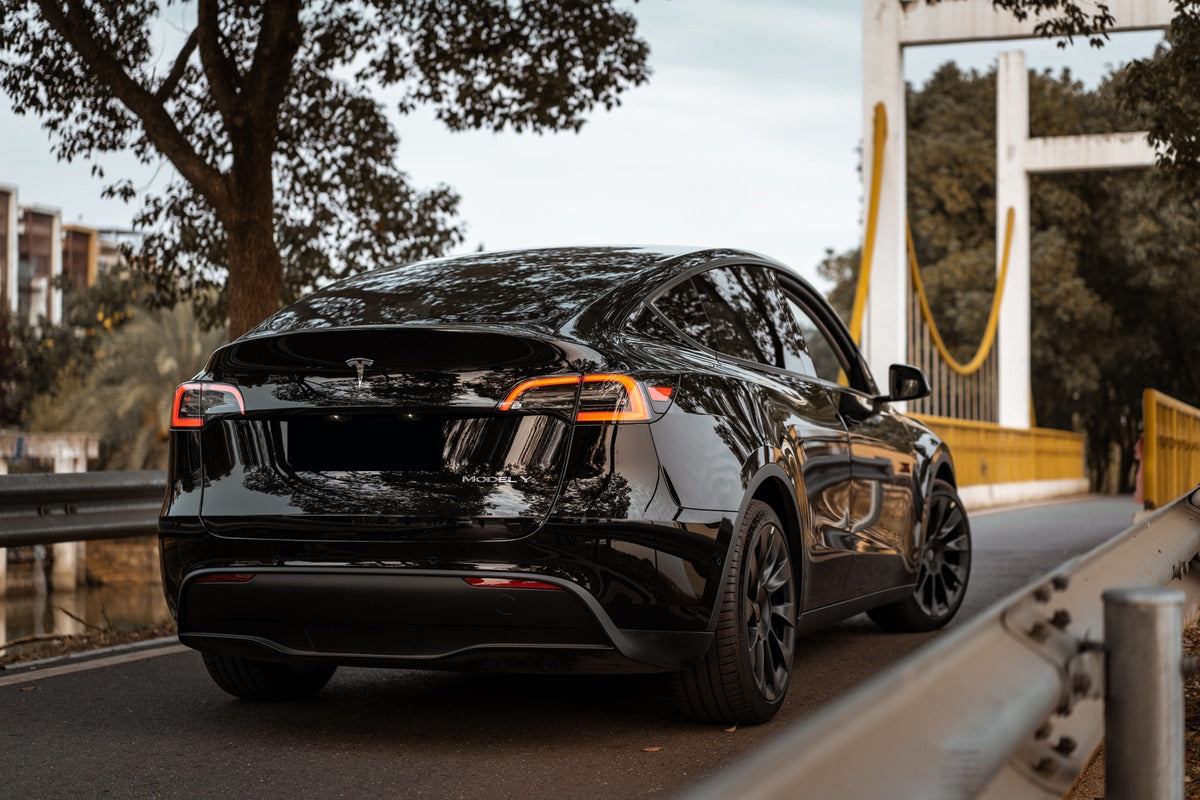USBSeawolf2000
Member
We got our cars about the same time. I only have 11k miles. My full charge is also down to 244 miles (from 253). This may be natural calendar aging of LFP.25,000 mile (40,000 km) update for my Sep 2021 SR+ LFP. The car is now about 11 months old and was originally rated at 253 miles on a full charge. The Tessie app shows a battery capacity of 52.8 kWh (down 3.3% from my original 23 Oct 2021 post of 54.6 kWh), and a max range of 244 miles (down 3.6% from my original post of 253 miles). I've had Tessie since my first day or two or ownership, so this data shows the entire life of the car.
Note that my capacity loss appears to be leveling off, with the most severe decline in range coming between 4,000-5,500 miles on the odometer.
View attachment 834594
According to the car's screen, I'm now averaging 217 Wh/mi over the life of the car (down from 220 during the 20,000 mile update). Seasonal temps and driving style are HUGE when it comes to the car's efficiency. In the winter I can expect 240+ Wh/mi, and in ideal temps (75-85f) I routinely manage under 200 Wh/mi on my 100 mile roundtrip commute. Assuming I could tap into the current 52.8 kWh battery at my lifetime average 217 Wh/mi efficiency, that gives me a real-world range of 243.3 miles.
View attachment 834596
My charging is mostly Level 2 from a Grizzl-E on a 40 amp circuit in my garage. Until recently, I charged at 32 amps, but I started getting unexpected errors that would stop my charging sessions in the middle of the night, so I dropped my charge rate to 24 amps and that seems to have fixed the problem. I charge most nights due to a long commute, typically to about 70-80% a few times per week and a 100% once or twice a week.
Tessie says I've spent $711.33 on electricity for the life of the car, while the same driving in my old Ford Focus would've cost $2,723.42 in gasoline. So my fuel costs have been 26% compared to keeping my old car. Assuming the average US emissions of 0.85 pounds CO2 per kWh, the 5,928 kWh used while driving equates to 5,038 pounds of CO2 spent driving my Tesla. If I'd kept my 2012 Ford Focus (37mpg), I would've used 685 gallons of gas to travel these 25,358 miles. At about 19 pounds of CO2 per gallon, that would've been 13,015 pounds of CO2. So I'm spewing 39% of the carbon emissions than I would've released in my efficient little Focus. As the grid moves toward more renewables, that should only get better over the life of the car.
ScanMyTesla says I've used 143 charge cycles. LFP batteries are supposedly good for 5,000 cycles before degrading to 80%, so I've used 2.8% of those cycles since I bought the car on 23 Sep 2021. I don't know how accurate any of these numbers are, but at this rate, the car *should* last longer than I do.
View attachment 834606
I'll try to post another update at 30,000 miles. That should be when we're getting nice fall weather, so I'm betting my average Wh/mi will be even lower.
ScanMyTesla said my full capacity now is 52.6 kWh (55.1 when new). Lifetime efficiency is 209 Wh/mi.
I used to charge to 100% until I go below 20%. Two times I hit 4%. I stopped charging to 100% a few weeks ago due to the fact I park without shade at work (95% SOC arrival).



